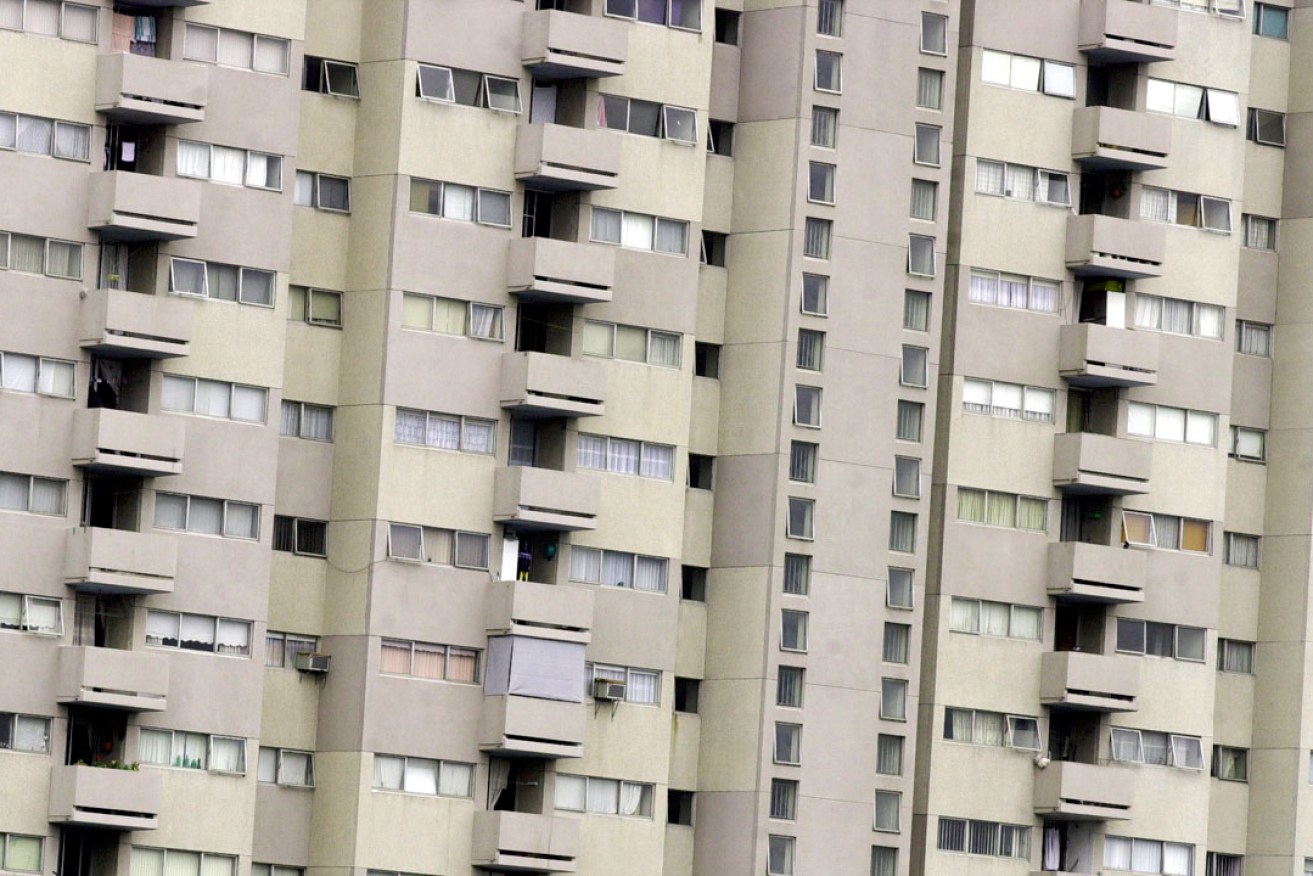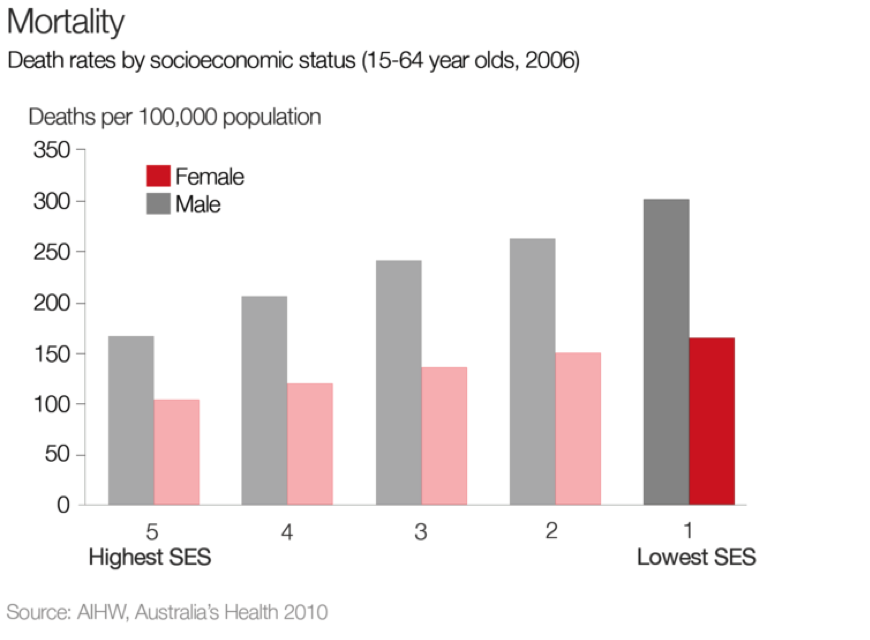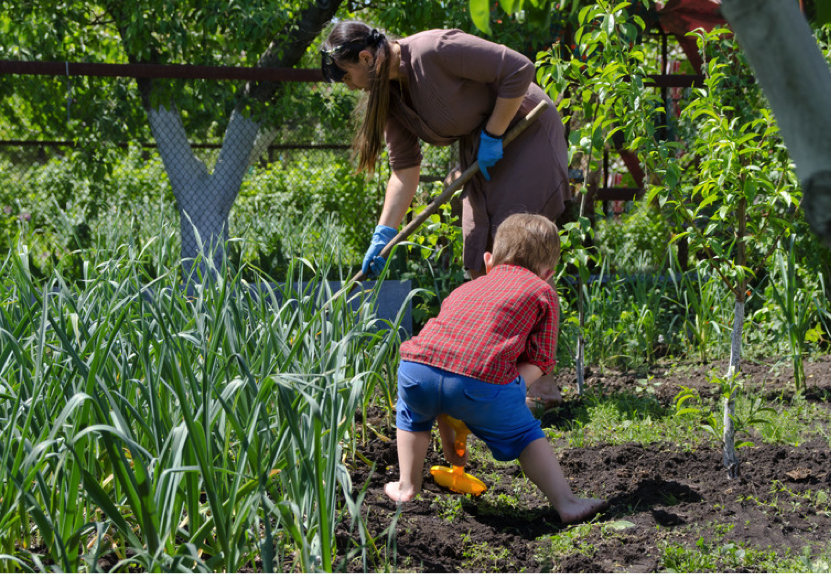
Improving Australia’s health at the grassroots
Want to improve the nation’s health? Start by reducing inequalities and improving living conditions.

People from poorer areas tend to have a shorter lifespan than those from wealthy suburbs. Photo: AAP
We all like to think we are free agents and have huge degrees of agency. But, in reality, our health reflects the environments we live in.
Men living in the Sydney suburb Fairfield East, for instance, are twice as likely to die between ages 0 and 74 as those in the far richer Sydney suburb of Woollahra. The infant death rate in Fairfield is 4 per 1000 live births compared to 2.4 in Woollahra.
Across Australia, low-income people lose about six years of life compared to their better-off compatriots.
If policymakers want to reduce health inequities, one of the best ways is to create environments that promote better health. This is known as addressing the “social determinants of health”.

The Conversation, CC BY-NC-SA
The Australian Institute of Health and Welfare’s Australia’s Health 2016 report shows many Australians are not getting a fair go at health. There is a gradient across society whereby the richer the area you live in, the longer you can expect to live. The difference between the highest and lowest is four years.
The gradient is evident from early life. Children most at risk of exclusion – those from poor areas who experience problems with education, housing and connectedness – are most likely to die before they reach 15 years from potentially preventable or treatable causes.
Our most glaring inequity is the 10-year life gap between Aboriginal and Torres Strait Islander Australians and others. Indigenous life expectancy is 69.1 years for males and 73.7 years for females.
Compared with the non-Indigenous population, Indigenous Australians are:
- 3.5 times as likely to have diabetes and four times as likely to be hospitalised with it or to die from it
- five times as likely to have end-stage kidney disease
- twice as likely to die from an injury
- twice as likely to have heart disease.
Australians living outside major cities have higher rates of disease and injury. They also live in environments that make healthy lifestyle choices harder (for example, where it is more difficult to buy fresh fruit and vegetables) and so their risk of chronic diseases is increased.
The data on who has private health insurance coverage points to the emergence of a two-tiered health system, where those who can afford to pay receive better access and quality of care. Just 26 per cent of those in the lowest socio-economic group have cover compared to about 80 per cent of the top group.
Many policy levers can be used to improve the conditions of everyday life, and many need to be pulled from outside the health department.
Effective action on the social determinants of health depends on upfront investments; however, such funding will produce health and other benefits over the longer term.
Education
Investment in education encourages social mobility. Finishing high school and gaining a university degree, for example, can help people from less well-off backgrounds climb the social ladder by entering middle-class professions.
Early childhood education produces a great return on investment. A United States presidential report found learning initiatives provided roughly US$8.60 of benefits to society for every US$1 spent.
Urban planning
Urban planning can make our suburbs more social and exercise-friendly places. By taming cars, we can make walking and cycling the easy choices. Ensuring there are meeting places and community facilities encourages conviviality between residents.

Good urban planning can make suburbs healthier. Photo: Daxiao Productions/Shutterstock
Not having a secure home means people are less likely to retain a job and friends, use health services and feel secure and grounded. Homelessness and housing insecurity also shorten life expectancy. We need to work towards ensuring everyone has access to affordable housing.
Employment
Many of us spend much of our time at work, so healthy workplaces are vital. Improving our health at work means stopping bullying, reducing the amount of time we spend sitting, giving workers a voice and ensuring they have good employment conditions.
One of the worst things for our health is unemployment. Policies must aim to provide people with opportunities for meaningful work. The gives people a sense of purpose and has benefits for mental well-being and staying healthy.
Criminal justice
To reduce inequality, we need to tackle the high rates of Indigenous incarceration. Aboriginal people are 12 times more likely to be imprisoned than non-Indigenous people. These people are removed from their communities, social support, educational and employment opportunities, and their health will suffer as a result.
How to make it happen
Around the world, governments are devising ways to hold each department responsible for its health impact and to improve coherence across the sectors.
In South Australia, the State Government has built on work from the European Union and World Health Organisation (WHO) and instituted a Health in All Policies (HiAP) approach.
Although modestly funded, HiAP has led to many initiatives in South Australia, including:
- The Healthy Parks Healthy People policy, which promotes the positive impact open space, parks and nature have on mental health and well-being.
- A review of the policies of 44 SA government departments to determine how each could contribute to the state’s healthy weight target. This led to an active transport policy to get more people to walk and cycle, and to an infrastructure policy on home food production and gardening. This includes fitting rainwater tanks to properties for public tenants and landscaping home and community gardens for fruit and vegetable growing.
- The adoption of a new Public Health Act which mandates local government authorities to produce “healthy communities plans” for their regions.
- Collaboration between education and health services to encourage parental literacy so parents are more able to read with and to their children. This improves the child’s educational chances and the parent’s sense of control and satisfaction with their parenting.
The results of SA’s HiAP approach have been promising. The Federal Government and other states and territories should follow SA’s lead.

Community gardens can improve health but aren’t health department projects. Photo: Oleg Mikhaylov/Shutterstock
Any policy response, however, must be materially, politically, psychologically and socially empowering. Empowerment gives people control over their lives and the more control people have, the better their health.
Empowering policies might mean including community members on boards of management of health services or involving locals in decisions about urban development. It might mean establishing citizen juries to advise the government about the desirability of a nuclear waste dump in South Australia, or legislation to protect the rights of trade unions to promote workers’ rights.
How do we pay for it?
Reducing health inequities requires public policies that reduce economic inequities. More equal societies in themselves are healthier and score well on social determinants of health such as child poverty, homelessness and unemployment. Therefore, they require less spending to maintain health.
Both sides of politics put forward policies to reduce economic inequities at the federal election: the Coalition announced a stop to generous superannuation taxation relief for high-income earners, while the Labor Party promised to phase out negative gearing on investment properties. These revenue measures would have a redistributive effect and could collect income to improve the conditions of everyday life.
Other possible redistributive and income-generating measures include:
- Imposing a modest tax on accumulated wealth.
- Introducing death duties, which are paid when people inherit wealth from relatives.
- Removing inefficient subsidies such as the private health insurance rebate.
- Removing the mining industry diesel tax exemption.
Inequities are increasing, but this isn’t inevitable; it’s a result of policy decisions that have been made and which can be reversed.
Matthew Flinders Distinguished Professor Fran Baum is the foundation director of the Southgate Institute for Health, Society and Equity at Flinders University. She is a member of the Global Steering Council of the People’s Health Movement, life member of the Public Health Association of Australia and fellow of the Australian Health Promotion Association, and has canvassed these issues the start of the 57th Boyer Lecture Series, exploring the social determinants of health, led by World Medical Association president, Professor Sir Michael Marmot.
Professor Baum receives funding from the National Health and Medical Research Council and the Australian Research Council. She this month delivered the inaugural lecture in the Medical Research Council of South Africa’s Susser-Stein Distinguished Lectureship program.
This article was originally published on The Conversation. Read the original article.




